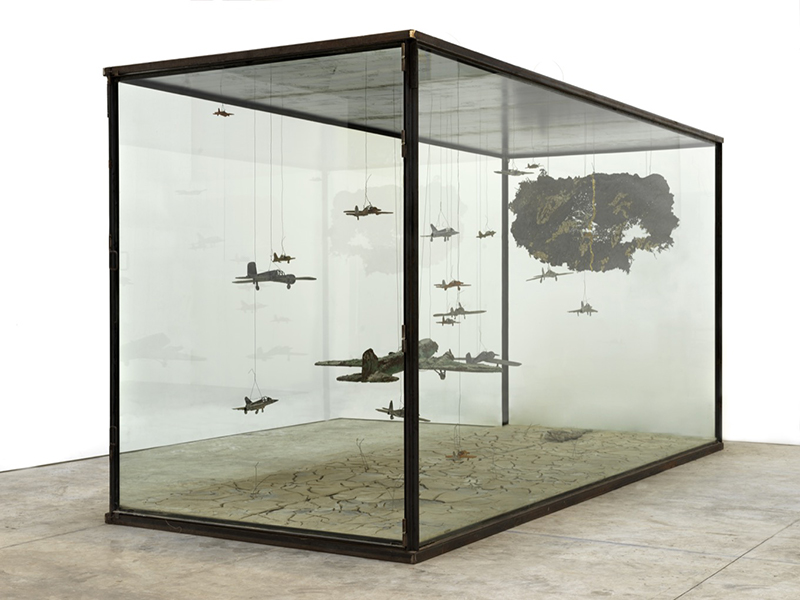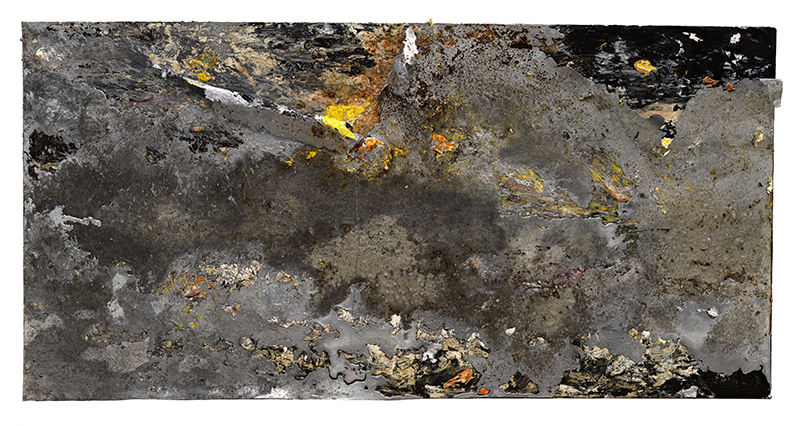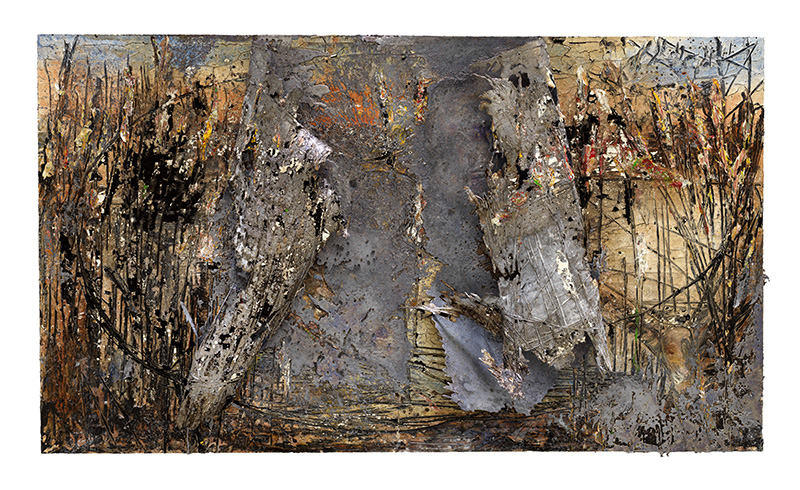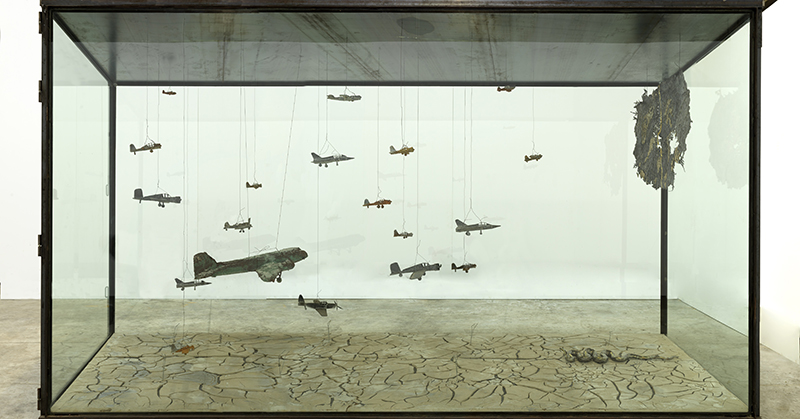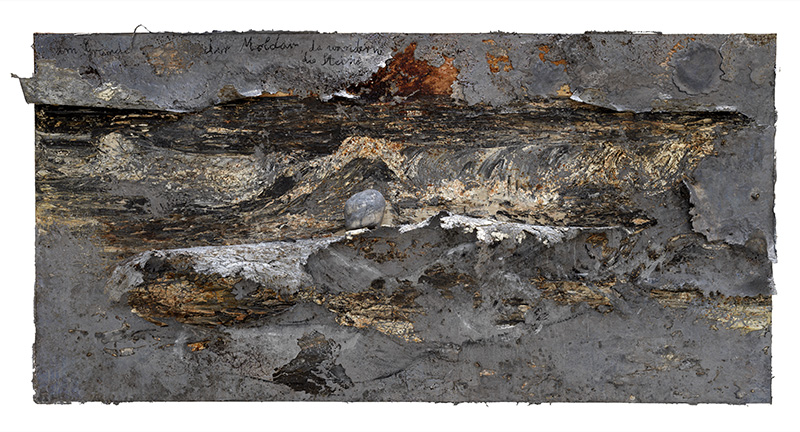ART-PRESENTATION: Anselm Kiefer-Für Andrea Emo
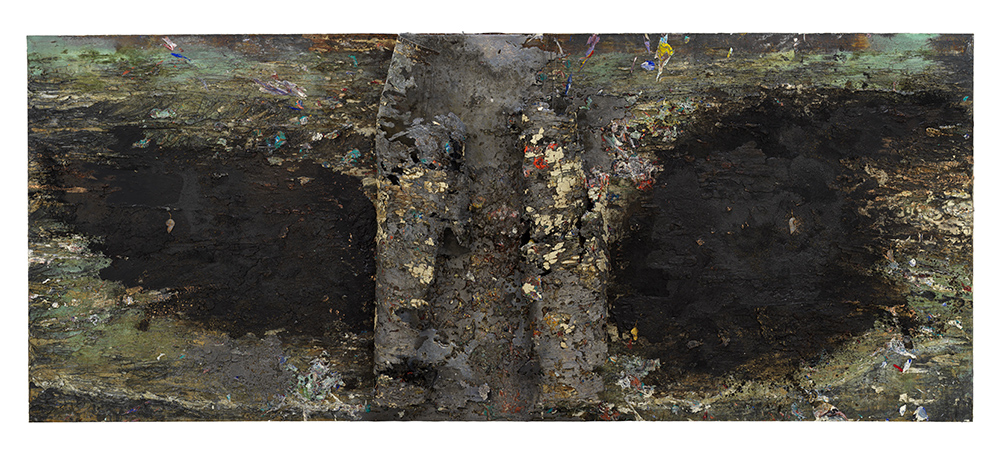 Anselm Kiefer’s body of work represents a microcosm of collective memory, visually encapsulating a broad range of cultural, literary, and philosophical allusions, from the Old and New Testaments, Kabbalah mysticism, Norse mythology and Wagner’s Ring Cycle to the poetry of Ingeborg Bachmann and Paul Celan. Fusing art and literature, painting and sculpture, Kiefer engages the complex events of history and the ancestral epics of life, death, and the cosmos.
Anselm Kiefer’s body of work represents a microcosm of collective memory, visually encapsulating a broad range of cultural, literary, and philosophical allusions, from the Old and New Testaments, Kabbalah mysticism, Norse mythology and Wagner’s Ring Cycle to the poetry of Ingeborg Bachmann and Paul Celan. Fusing art and literature, painting and sculpture, Kiefer engages the complex events of history and the ancestral epics of life, death, and the cosmos.
By Dimitris Lempesis
Photo: Galerie Thaddaeus Ropac Archive
A new series of works by Anselm Kiefer is on presentation at his solo exhibition “Für Andrea Emo”. The exhibition brings together a selection of twenty paintings along with three sculptures, which reflect the sedimentation of memory cherished by the artist. Layers of multiple histories and media are hallmarks of Kiefer’s work. He is best known for his paintings which have grown increasingly large in scale with additions of lead, broken glass, and dried flowers or plants. Their encrusted surfaces and thick layers of impasto are physical evocations of the sediments of time and meaning they convey. By pouring molten lead, Anselm Kiefer obliterates the original image and brings to life his own work in a radically iconoclastic gesture. Philosophical and literary references have always been instrumental to understand Anselm Kiefer’s practice. The exhibition is dedicated to Andrea Emo (1901-1983), an Italian philosopher whose nihilist thinking has fuelled the development of his work. A solitary thinker who has chosen the path of reclusion and self-exclusion from the academic world, Andrea Emo is an important figure in new metaphysics. From his singular writing, which takes the form of fragments and notes, emerges a form of theology in negation. Andrea Emo’s preferred approach to time is through memory: “there is nothing new except in recollection … the new arises out of us, ourselves the future if we can relinquish it”. This is how Anselm Kiefer finds in Andrea Emo’s philosophy an echo to his own questions. The notion of time as an ongoing cycle underlies Anselm Kiefer’s practice. Here, such concept is visible in the process of creation and in the very matter of the works, which undergo an act of destruction before regenerating. If on some paintings the layer of solidified lead lets parts of the original landscape visible, on others it imprisons the pictorial elements rejected by the carbonized surface. The painting then becomes its own sedimentation, a palimpsest.
Info: Galerie Thaddaeus Ropac, 69 Avenue du Général Leclerc, Pantin, Duration: 11/2-31/5/18, Days & Hours: Tue-Sat 11:00-19:00, http://ropac.net
